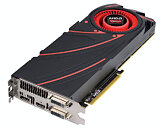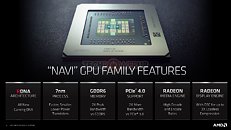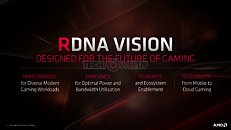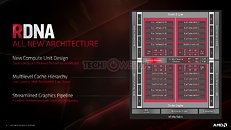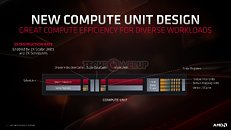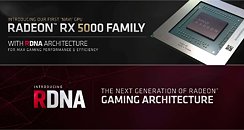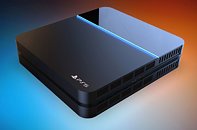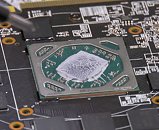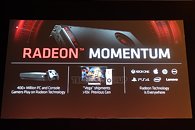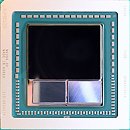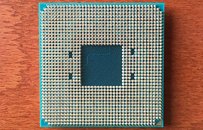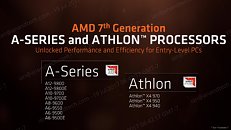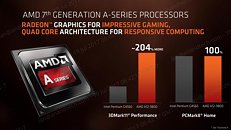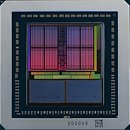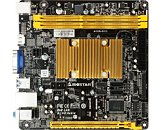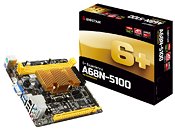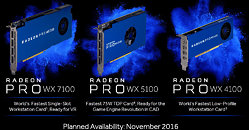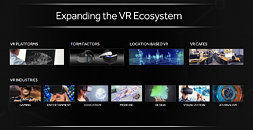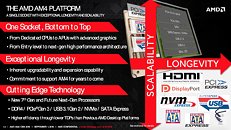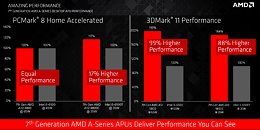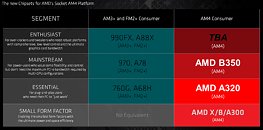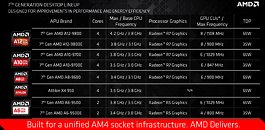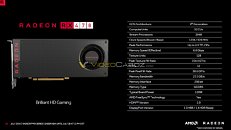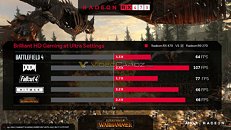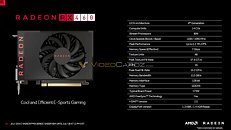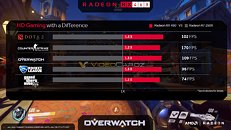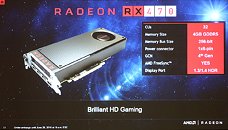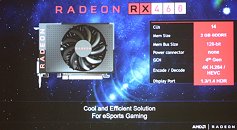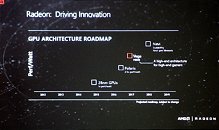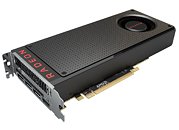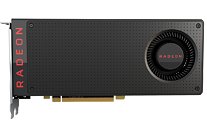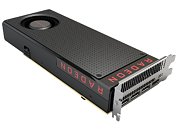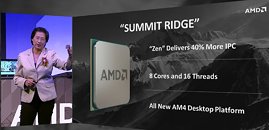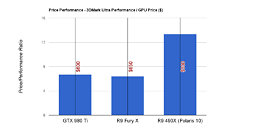
New AMD Radeon PRO W6000 Series Graphics Unleash High-Efficiency, Powerful CAD Performance for Mainstream Workstation Users
Today AMD announced new additions to the AMD Radeon PRO W6000 Series desktop and mobile workstation graphics lineup, designed to deliver exceptional performance, stability and reliability for professional users, including CAD designers, engineers and office knowledge workers. The new AMD Radeon PRO W6400 graphics card is built on the high-performance, energy efficient AMD RDNA 2 graphics architecture and advanced 6 nm manufacturing process technology, with 16 MB of high-bandwidth, low-latency AMD Infinity Cache memory technology acting as a bandwidth amplifier. Offering an ideal blend of performance and efficiency at an affordable price, the new graphics card is optimized for the requirements of today's popular CAD and office productivity applications in a compact design that can be easily added to modern small-form-factor desktops.
Compared to the previous generation, the AMD Radeon PRO W6400 graphics card delivers up to three times higher performance in Autodesk AutoCAD 2022 during 3D orbit rotational tests in shaded modes. It also offers up to 87 percent higher performance in McNeel Rhino using the Holomark 2 benchmark with mesh, object and model data stress tests. The new graphics card also offers performance gains in typical office applications and workloads, such as videoconferencing, email and web browsing, where reliability and stability are key. Additions to the AMD Radeon PRO product family also include the AMD Radeon PRO W6500M and AMD Radeon PRO W6300M GPUs for next-gen professional mobile workstations. The new GPUs are also built on AMD RDNA 2 graphics architecture with 6 nm process technology and harness up to 8 MB of AMD Infinity Cache memory technology to deliver ultra-high viewport frame rates, dependability and exceptional performance for professional applications.
Compared to the previous generation, the AMD Radeon PRO W6400 graphics card delivers up to three times higher performance in Autodesk AutoCAD 2022 during 3D orbit rotational tests in shaded modes. It also offers up to 87 percent higher performance in McNeel Rhino using the Holomark 2 benchmark with mesh, object and model data stress tests. The new graphics card also offers performance gains in typical office applications and workloads, such as videoconferencing, email and web browsing, where reliability and stability are key. Additions to the AMD Radeon PRO product family also include the AMD Radeon PRO W6500M and AMD Radeon PRO W6300M GPUs for next-gen professional mobile workstations. The new GPUs are also built on AMD RDNA 2 graphics architecture with 6 nm process technology and harness up to 8 MB of AMD Infinity Cache memory technology to deliver ultra-high viewport frame rates, dependability and exceptional performance for professional applications.




